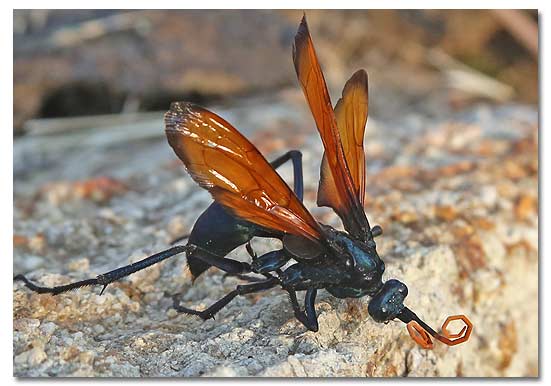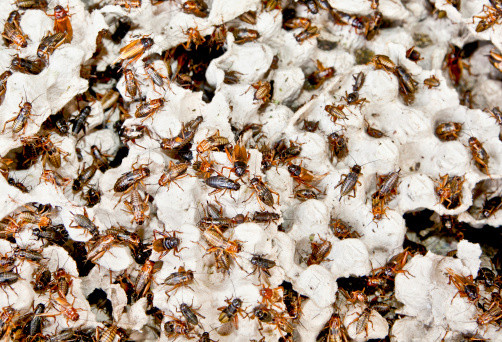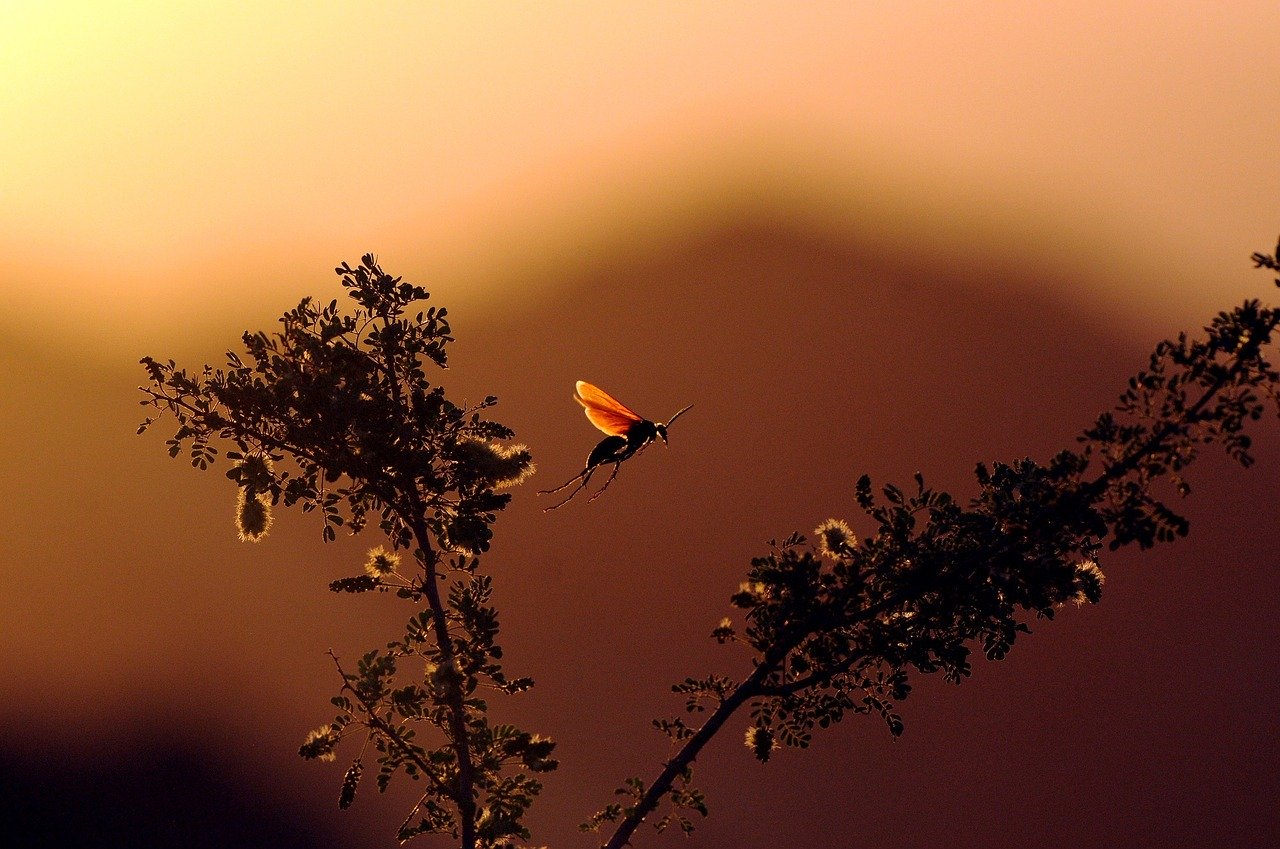What Is The Biggest Bug In The U.S.?
The largest actual bug in the United States, growing up to 4 inches in length, is the giant water bug. Their scientific name is Lethocerus Americanus. Water bugs favor hot and humid temperatures. Temperate countries like the United States are ideal for water bugs to inhabit. They reside in bodies of water ranging from ponds, lakes, rivers, and sometimes even swimming pools.
Giant water bugs are also called toe-biters because they’ve been known to attack the toes of wading humans occasionally. Not actually a bite, but an injection of venom through their legs. Although their bite is not fatal, it is considered the most painful of all insect bites, and pain can last several hours. While these insects don’t hunt for humans, they will protect themselves or attack anything in their habitat that looks like lunch.
The potential prey items for a Giant Water Bug is impressive, including aquatic insect larva, both are and adults, crustaceans, tadpoles, salamanders, fish, and amphibians and in rare cases—baby turtles and water snakes. The Giant Water Bug is a predator stalking their prey and can catch and eat an animal 50 times its size.

Giant Water Bugs, and their nymphs, are fierce predators. They usually hunt by lying-in-wait by clutching a submerged plant or rock with only their breathing tube sticking above the surface. They often lie motionless, where they wait for prey to come near. Any passing motion can trigger a rapid “lunge and grab” with the hook-tipped front legs. Once they seize their target, they inject their poisonous digestive juices, wait a few minutes, and then suck up the resulting bug slurpy.
Occasionally, when frightening or encountered by a larger animal, such as humans, they have been known to “play dead” and even emit a fluid from their anus. Thus, they are assumed dead by humans only to later “come alive” with painful results. They are crafty, and their overall hunting and feeding strategy are one put to good use by most of the world’s spiders

The Giant Water Bug can be confused with a roach or a beetle; however, it has a flat, oval-shaped tan or brown colored body. A more detailed look will expose a short, pointed beak on the underside of the head and wings that overhang at the bottom end of the abdomen, forming an “X.” Adults cannot breathe underwater, so must periodically place the breathing tube located near its behind, at the surface for air like a snorkel.
The Giant Water Bug’s life cycle involves simple metamorphosis: egg to nymph to adult in 1-2 months. Adults live for about one year. Female water bugs lay eggs on weeds and plants along the water’s edge or the male water bug’s back. Males guard the eggs until they hatch and give them air to inhibit fungus or algae from growing on them. They engage in ‘brood pumping’ where males move water over the eggs to increase oxygen diffusion. The larvae expel their epidermis to promote rapid growth. In this growth phase, they don’t develop wings, but they are actively hunting for food independently. Finally, they can grow up 4 inches long at maximum in the adult stage. They also develop wings at this stage. Once the adults have wings, they live for about one month. Upon reaching sexual maturity, water bugs can reproduce and continue yet another life cycle of water bugs.
While Giant Water Bugs are busy all year, during the late summer or early fall is their most active period. During this time, they will fly from shallow water to search for deeper water to remain moderately active during cooler winter weather. During this time is when they are most likely to make contact with people.
If this creature sounds like something out of a horror show, don’t fret. In Asia, giant water bugs are renowned as a great delicacy and are eaten both fresh and cooked. As is often the case, creepy crawlers seem to have more to fear from humans than we from them








